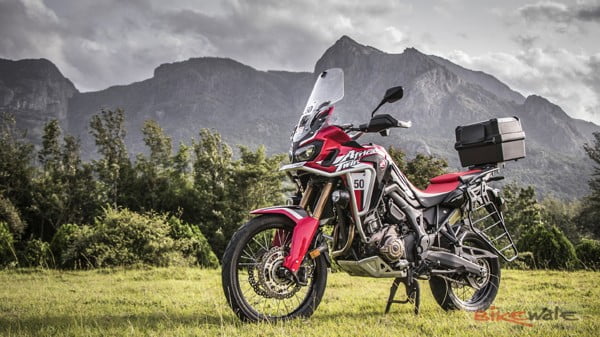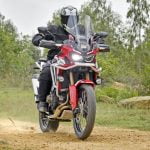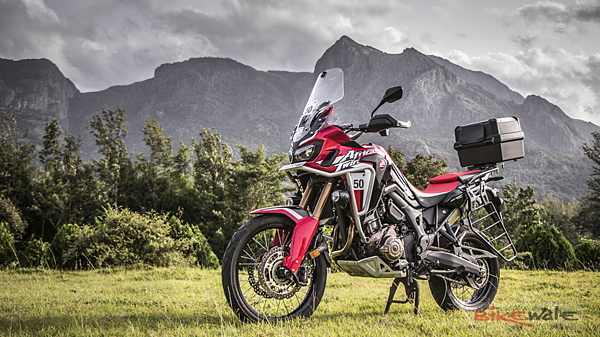
It’s been a year since the Honda CRF1000L Africa Twin was launched, and Honda has updated it for the 2018 model year. It gets a few mechanical and electronic updates, and we went on a ride to see how much of a difference it makes.
What’s new?
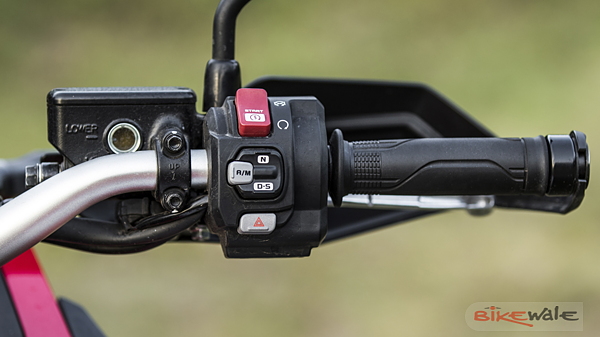
The engine has a lighter balancer shaft and a longer airbox. Power and torque figures are marginally higher at 87bhp and 93Nm. A sub-3kg lithium-ion battery cuts weight as well. The final mechanical change is a switch to Bridgestone tyres from the earlier model’s Dunlops. The electronics package now includes four rider modes – Urban, Tour, Gravel and User – and the traction control has seven levels, up from the previous three. The switch to engage the gearbox from neutral has changed. Neutral and Drive/Sport are now an up/down toggle, rather than the unwieldy right/left on the old bike. However, changing to manual mode is more difficult now, as it is a smaller button on the inside of the previous switch.
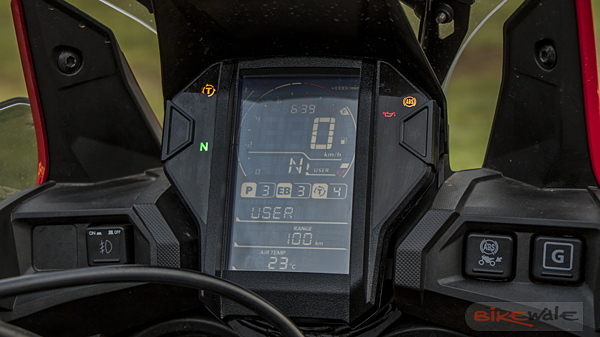
Finally, the new display is a single rectangle that houses a circular tachometer within it. Other things like the fuel and temperature gauges have had their positions changed as a necessity, because the 2018’s display now crams in a lot more information. The power (three levels), engine braking (three levels, again) and traction control (seven levels) are on display at all times, and each can be individually tailored even in the preset modes. However, they reset once the bike is switched off. There is a full trip computer as well, with everything from twin trip meters, to instant fuel consumption, to average consumption, average speed, and distance to empty all accessible via buttons on the left handlebar.
Incremental improvement
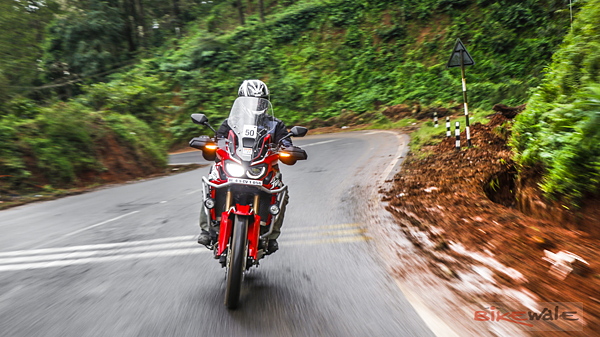
You can’t feel the changes on the 2018 Africa Twin immediately, and this is a testament to how good the original product is. But there is always room for improvement, and Honda has found the places it needed to improve. The 2018 year model has much better throttle response, especially from rest and at walking speeds. The DCT gearbox also has better refinement, with noticeable improvement in the shift from the first to second speed. The seven-step traction control helps fine-tune slides off-road, but what is really useful to the average Joe is the power and engine braking settings. Set it to one, and riding in traffic becomes so much easier. Increase the engine braking setting, and riding up and down mountain roads with pace becomes so much easier. There is nothing wrong with the 2017 model; it is simply that the 2018 model is better.
Is there anything we don’t like?

The display packs in a lot more information and as a consequence, it is a little difficult to understand immediately, despite the company claiming that it is easier to read while standing. The old bar-style tacho was definitely easier to see, and it was simpler, so there were less things to adjust and display. The button that toggles from automatic to manual mode is also more difficult to reach, but with so many options for the gearbox, power and engine braking to choose from, we don’t expect many riders to actually select manual mode often.
Is the price right?
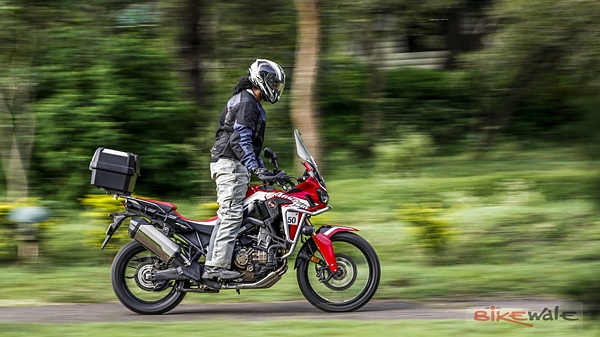
What you see is a heavily accessorised example of the 2018 Africa Twin, but the price tag for a stock one has gone up by ₹ 33,000 ex-showroom over the old model, and that makes it of better value than the 2017 bike, at ₹ 13.2 lakhs, ex-showroom, Delhi.
[“Source-bikewale”]



